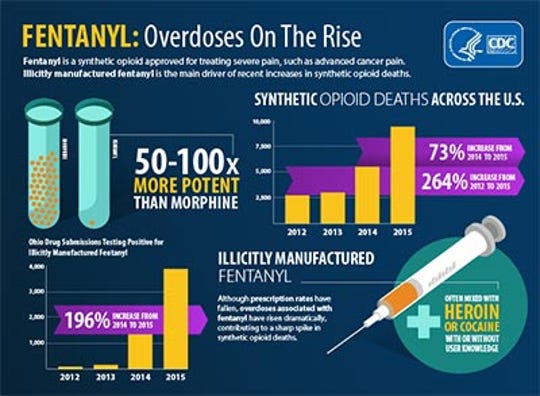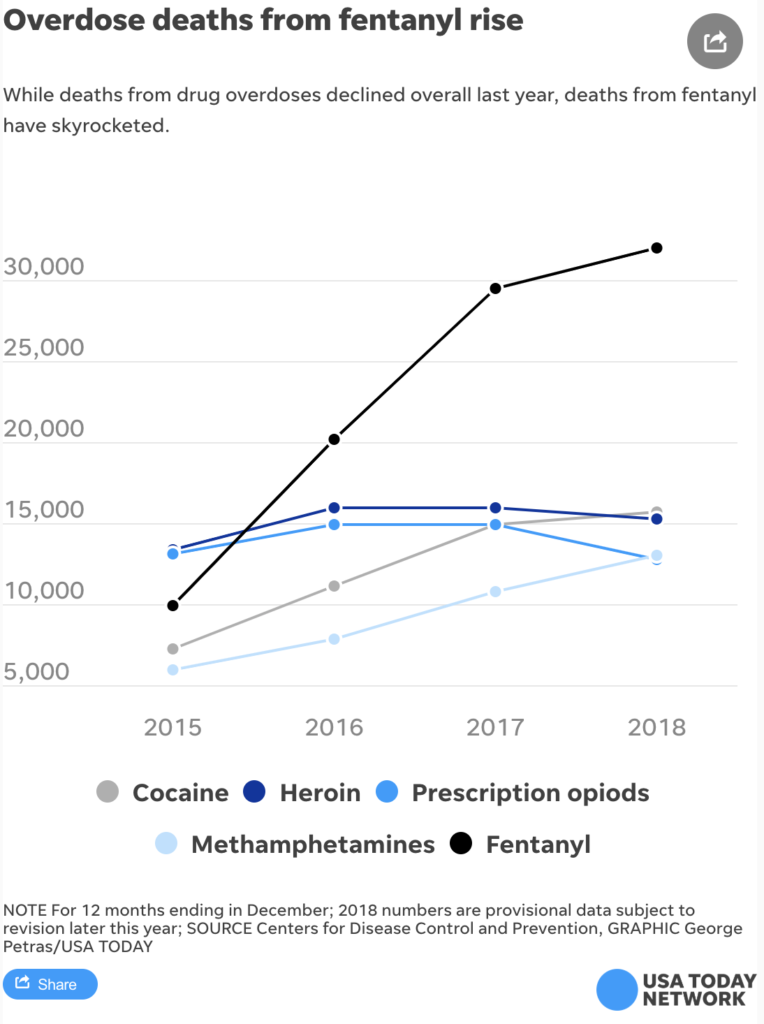For the past several years, America’s opioid epidemic has led to a series of discouraging headlines concerning the state of addiction. But this week, there was a positive story to arise from the crisis. For the first time in nearly 10 years, the total amount of drug overdose deaths dropped across the country.
Now keep in mind, the decrease was only by 5 percent. But that is encouraging and hopefully a beacon of light as we continue to combat this crippling crisis. Thanks to the hard work of people in our field and a change in medical procedures and addiction perceptions, a dent was thankfully made.
The Center for Disease Control and Prevention released the statistics and CDC Secretary Alex Azar spoke out publicly about the the good news.
“The latest provisional data on overdose deaths show that America’s united efforts to curb opioid use disorder and addiction are working,” Azar told the press in a statement. “Lives are being saved, and we’re beginning to win the fight against this crisis.”
But, as we all know, a lot more needs to be done to fully close the door on this epidemic. Along with the positive report about overdoses, there was data released about the synthetic opioid fentanyl.
Overdoses related to that particular drug were actually on the rise, making it one of the most dangerous substances in the country right now. In 2018 alone, it claimed the lives of nearly 32,000 people.
USA Today (which reported this news) even went so far as to release a chart that broke out the fentanyl statistics.

There is also data showing that the national overdose count is still strong. It is because of trained first responders and the life saving antidote naloxone that the fatalities may be decreasing.
One other interesting chart presented by the USA Today site illustrated just which substances are responsible for the most fatalities (and the rate at which they’re growing).
As you can see below, fatal opioid ODs have indeed leveled off; as have heroin deaths. But drugs like cocaine are killing more people this decade and fentanyl fatalities, in particular, are skyrocketing.

So for some experts, this means that the crisis should still receive a lot of attention and people shouldn’t let their guard down just yet. USC Addiction Science professor Adam Leventhal also spoke with the site, offering his own stern warning.
“The addiction crisis in America is not solved,” he expained. “It has morphed into a polysubstance use crisis. Something we need to be really concerned about is the increase in stimulant-related deaths, including cocaine, methamphetamine and other amphetamine derivatives.”







